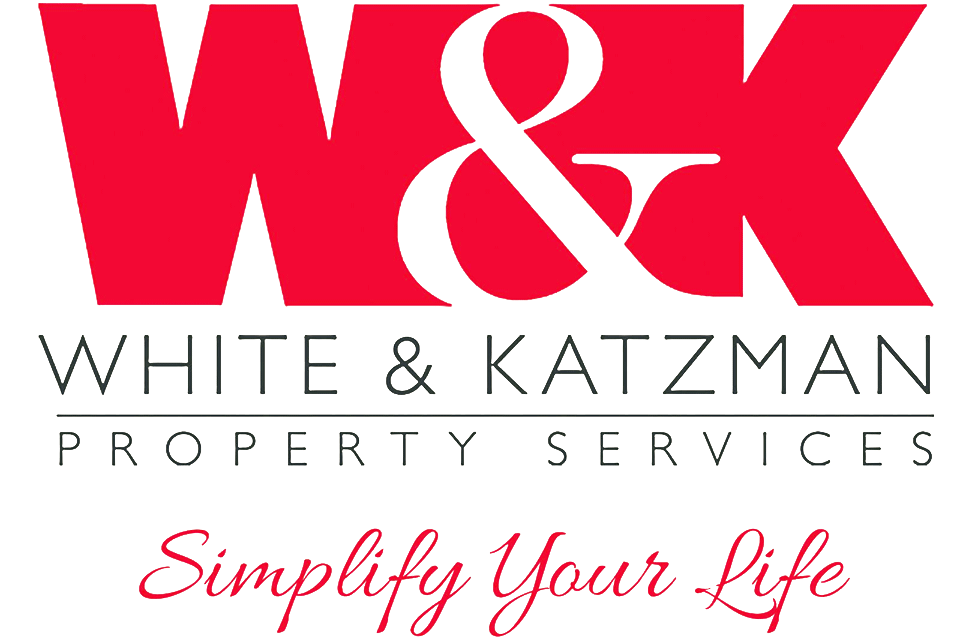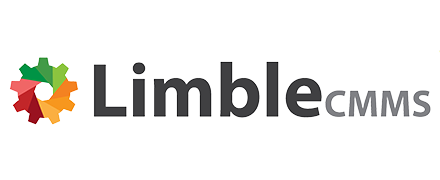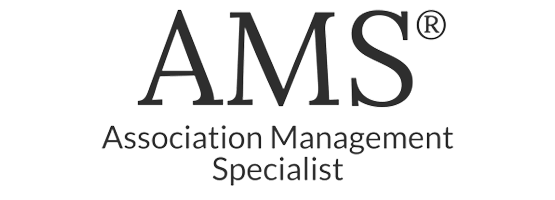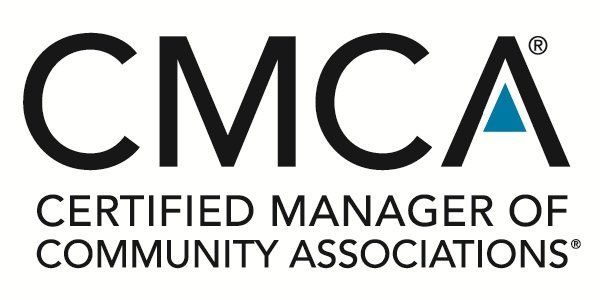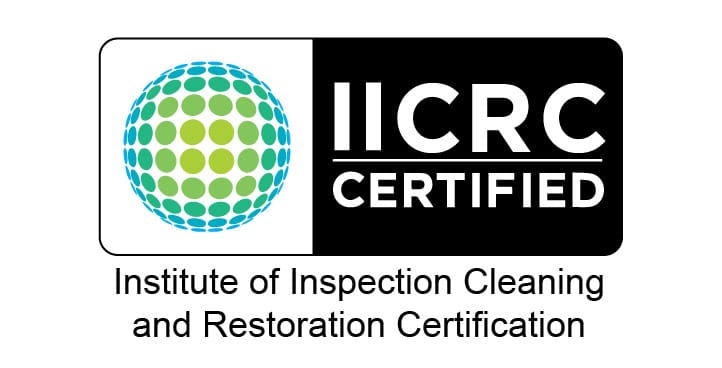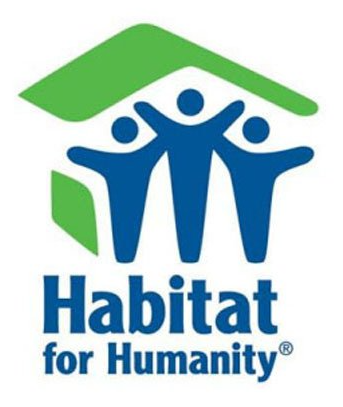Association Living Guide
-
What is a community association?
A community association provides a communal basis for preserving, maintaining, and enhancing homes and property. All community associations have three basic, defining characteristics:
- Membership in the community association is mandatory and automatic for all owners.
- Certain documents bind all owners to be governed by the community association.
- Mandatory lien-based economic charges or assessments are levied on each owner in order to operate and maintain the community association.
-
What is the purpose of a community association?
People choose to live in a community association for numerous reasons. Many association owners value the inherent benefits offered by community association living. Community associations are designed to:
- Manage common areas of property
- Manage property interest of homeowners
- Provide services for homeowners
- Develop a sense of community through social activities and/or amenities
-
What are the different types of community associations?
Community association is a generic term used to describe residential developments in which each owner is bound to a real estate organization by a set of governing documents that require adherence to a set of rules and the payment of assessments. The money collected in assessments is used for the operation of the association.
There are three basic types of community associations:
- Planned Community
- Condominium
- Cooperative
-
What is a planned community?
Planned communities are the most common types of community associations. Approximately 50% of all community associations are planned communities.
In a planned community, each purchaser has exclusive ownership to a lot/unit, including the property the lot/unit sits on and the residential dwelling itself. Each unit generally owns an interest separate from the other owners, coupled with mandatory membership in an association.
The association owns the common area, but the owners have very specific rights and obligations with respect to the common areas. Common areas in planned community include the grounds, recreational areas, and sometimes, the roads. Since most planned communities consist of detached housing, common areas do not generally include walls and roofs, although they may.
There are many types of planned communities including townhouse developments, single family home developments, planned unit developments, planned residential developments, cluster developments, property owners’ associations, and master planned communities.
-
What is a condominium?
Condominiums are the second most common type of community association. According to recent estimates, 40-45% of all community associations are condominiums.
The condominium is a unique form of ownership where the owner typically only owns the airspace, but not the physical boundaries of the unit or the land underneath the unit. The owner additional holds a shared interest in the common area. The separate interest is usually contained within a building.
The owner’s fractional shared interest may be equal or based on another system, such as square footage. For example, if there are 100 condominium units, each owner may own 1/100of the common area or each owner may own a fractional share based on the size of their home.
-
What is a cooperative?
Cooperatives are the least common type of community association, constituting approximately 5-7% of all community associations. A corporation owns the building or other property that makes up the cooperative. An owner owns a shared interest in the corporation and the exclusive right to occupy or “rent” a specific portion of the cooperation – usually called an apartment. Since most cooperatives are contained within a building, the common area in a cooperative often consists of hallways, elevators, roofs, parking areas, and laundry facilities. In this type of association, the member is more akin to a shareholder. In cooperatives, the association owns all the property, including all the units.
Each of these three types of community associations can exist by themselves, or they can be grouped in clusters termed master associations, umbrella associations or master planned communities.
-
What is the legal basis for community associations?
In order to effectively live in and participate in a community association, owners must understand the legal basis of community associations and learn the scope and limit of authority of the association board, manager, and service providers.
Please visit the Connecticut Law About Condominiums for more information.
-
What are the state statues and regulations?
All states have statutes that enable the establishment of condominiums and corporations. Some states have statutes that enable the establishment of cooperatives or planned communities. Several states, such as Florida and California, require or regulate such community association budget line items as reserves for replacement, audits, insurance, and the conduct of financial operations.
-
Which local laws & regulations affect community associations?
Local government may have codes, laws, and possibly taxes that associations must meet. Any requirements in these areas will result in expense items for a community’s budget.
For example, a local fire code may require such items as sprinkler systems, exit signs, fire extinguishers, or elevator inspections. Local health and safety codes may require pool inspections, water quality tests, or mandatory procedures for sewage disposal or recycling. To find out what local laws and regulations apply to your community association, call your local government office or your local elected official.
-
What are governing documents?
The purpose of a community association’s governing documents is to provide for the legal structure and operation of the community.
The documents:
- Define the rights and obligations of both the association and its owners
- Create a binding relationship between each owner and the association
- Establish mechanisms for governing and funding the association’s operations
- Set forth rules and standards for the: protection of both owners and the community, enhancement of property values, and promotion of harmonious living.
-
What is the hierarchy of authority?
The general hierarchy of authority for governing documents is a loose one because not all documents address all issues involved in operating a community association.
For operating a community association, the general hierarchy of authority among governing documents consists of:
- recorded map, plat or plan
- declaration; covenants, conditions & restrictions, master deed
- articles of Incorporation
- bylaws
- rules and regulations
- other resolutions
-
Recorded map, plat, or plan
Some form of map is an essential document for a condominium or a planned community. A map, plat, or plan is recorded in the County Recorder’s office before any lots or units shown on it are sold. The purpose is to show the precise location of each lot or unit; as well as the common areas. The format and content will differ according to local requirements.
On an operational level, it helps determine:
- Who is responsible for maintaining a particular piece of property
- Whether a property improvement is properly located
-
Declaration, CC&R's, or Master Deed
The declaration, CC&R’s, or master deed generally:
- Defines the portion of the development owned by the individual owners and those owned by the community association
- Creates interlocking relationships binding all of the owners to one another and to the association for the purpose of maintaining, governing and funding the development
- Establishes protective standards, restrictions, and obligations in areas ranging from architectural control to prohibitions on various activities in order to promote harmonious living
- Creates the administrative framework for the operation and management of the association – although many of the specific administrative details are spelled out in the bylaws
- Provides the mechanism for financial support of the association through assessments
- Provides for a transition of control of the association from the developer to the owners
-
Articles of Incorporation
Incorporation may or may not be a legal requirement for a community association. It is essential for cooperatives to be incorporated because they are based on the corporation concept. Planned communities are almost always set up as not-for-profit, non-stock corporations. Condominiums are often incorporated. However, they do not have to be because they exist under the authority of a state condominium statute.
A community association’s corporate structure is established when the developer sets up the association. The developer files articles of incorporation – sometimes called a corporate charter – with the appropriate state corporation agency.
The articles of incorporation:
- Bring the corporation into existence
- Define its basic purpose and powers
- Indicate whether stock will be issued
- Indicate whether there will be a board of directors – and if so, identify the initial board
-
Bylaws
Bylaws are formally adopted governing regulations for the administration and management of a community association. Planned communities, condominiums, and cooperatives all have bylaws. Sometimes bylaws are developed as part of the declaration. At other times, they are adopted as soon as a corporation is established.
Bylaws address such topics as:
- Requirements for membership in the community association
- Requirements for membership meetings
- Voting rights of member owners
- Procedures for electing the board of directors
- Procedures for the board of directors to elect officers
- General powers and duties of the board
- Provision for indemnification of officers and directors – except in cases of gross negligence or willful misconduct
To indemnify and hold harmless means:
- To exempt an individual or entity from responsible from claims made against the organization
- To reimburse the individual or entity for damages or expenses incurred as a result of such claims
-
Resolutions
Rules and regulations for all three types of community associations are established by means of board resolutions. A resolution is a motion that follows a set format and is formally adopted by the board of directors. Resolutions may enact rules and regulations or formalize other types of board decisions.
There are four types of resolutions for a community association:
- Policy Resolution – These are resolutions that affect owners’ rights and obligations. For example, rules for the use of common areas and recreational facilities, architectural guidelines, enforcement procedures, etc.
- Administrative Resolution – These are resolutions that address the internal operations of the community association. Examples include operating procedures, collection procedures, and where board meetings will be held.
- Special Resolutions – These are resolutions stating board decisions that apply a policy or rule to an individual situation. For example, a decision about an alleged rule violation or authorization of a lawsuit constitutes a special resolution.
- General Resolutions – These are resolutions which involve routine events. Examples include adoption of the annual budget or approval of a contract.
The power of the board to enact rules and regulations is generally defined in the declaration and/or bylaws. Resolutions should be kept in a Book of Resolutions. This is an orderly, indexed record of the resolutions adopted by the board.
-
Community Rules, Regulations, & Fees
Membership in community associations is mandatory. When you buy a house or unit in a community association, the real estate agent should provide the owner(s) with a copy of the rules and regulations of the community and information on the association dues.
It is a homeowner’s responsible to abide by the rules and regulations as set forth by the community association’s governing documents.
-
Purpose of Rules & Regulations
The fundamental purpose of community association rules is to provide a basis for protecting members’ equity in the development and to provide the framework within which people can live in harmony in a group situation. Specific purposes of rules also include:
- Enforcing the community’s CC&R’s, bylaws, and policies in a fair, diplomatic way
- Protecting, enhancing, and promoting the purpose of the association as stated in the legal documents
- Restricting and governing the use of the common areas and amenities
- Establishing architectural guidelines and controls for aesthetic value
- Establishing rules for the use of facilities by owners, guests, and tenants
- Amplifying, expanding, clarifying, and interpreting the broad restrictions in the association’s governing documents
- Protecting and preserving the property and assets of the association and the owners
Most rules are merely expressions of unit owners being courteous and considerate of their neighbors, and respectful of their rights and investment in the community. For a purchaser, the rules establish the standards of lifestyle of that particular community. He or she should look elsewhere if this is not the standard that he or she wants and is willing to support, maintain, and enhance as an owner-member.
-
Community Fees
All community associations have fees (assessments) that must be paid to the association. Depending on the association, the assessments may be paid monthly, quarterly, or annually. The fees may cover costs such as:
- Landscaping and maintenance of common areas
- Snow removal
- Garbage collection
- Street lighting
- Fees for amenities (pools, tennis court, exercise rooms, etc.)
- Social activities
- Security
- Insurance
-
Community Governance
Community associations are composed of different groups of people working together. To govern a community association effectively, association leaders must understand the roles and responsibilities of these groups and how they interact. The groups are comprised of owners, board members, officers, and committees.
-
Role of the Owners
Although board members run community associations, governing documents and the law often reserve certain powers for the owners.
It is the owners – not the board members – who generally have the power to amend the declaration and bylaws. This usually requires consent from a specified percentage of the owners.
Along with these rights come obligations. The owners are obligated to adhere to the restrictions imposed in the governing documents. If they do not, a court can enforce them to comply.
Owners are also obligated to share in the financial operation of the community by paying their assessments on time. If they do not, the association may file a lien on their home, and they may lose their home through foreclosure.
Although the owners do not have a legal obligation to actively participate in the association, the association will not be able to function if no one participates. Therefore, it is important for the board to foster a sense of community spirit to encourage participation.
-
Role of the Board
The board manages the community. The board’s authority to act on behalf of the association is not, however, unlimited. The governing documents – and sometimes the law – grant the board the authority and obligation to act. They also restrict the board’s ability to act. Provisions that permit the board to act use words such as may. Provisions that obligate the board to act use words such as shall.
The role and scope of authority of the board may be broad or specific, depending on the association’s governing documents and the law. Some governing documents and state law provide the board with the same authority as a corporation. Others precisely state the powers of the board.
Examples of the powers generally granted by the governing documents and state law to the board include:
- The authority to set goals, standards, and policies for the association
- Enforcing the governing documents
- Maintaining the property
- Maintaining the association’s financial stability
- Purchasing adequate insurance
- Entering into contracts for service
- Creating and supervising committees
- Conducting annual and board meetings
-
Meetings
For those who own property in community associations, it is important to understand the different types of association meetings that take place throughout the year. It is especially important that board members not only understand the different types of meetings but the rules surrounding who can and should attend these meetings, how to properly and efficiently run them and what types of business is to be discussed at each meeting.
-
How do I run a successful association meetings?
In order to run a successful association meeting, the first step is preparation. The individual(s) running the meeting should review all the association's documents, declarations, and articles. Once this information is read and understood, any reports that should be discussed must be organized. This also includes any hot topics that have been of member concern. Once the session is coming to an end and everything from the agenda has been discussed, there should be a question-and-answer portion and then the meeting should be adjourned.
-
Parliamentary Procedure
No matter what the circumstances, W&K Property Managment always advises that members follow the rules and procedures. Specifically, these are known as "parliamentary procedure". A great guide that outlines what needs to be followed is linked here- Robert's Rules of Order.
Ready to Make the
Switch to W&K?
We would be happy to take care of all the details for you!

Ready to Make the Switch to W&K?
We would be happy to take care of all the details for you!

Quick Links
Business Hours
- Mon - Thu
- -
- Friday
- -
- Sat - Sun
- Closed
After Hour's Maintenance Emergency?
Dial (860)291-8777 and follow the prompts. You will be connected with a live dispatcher.


